Score: 9/10 (Fantastic) Pros Fantastic build quality, beautifully thin design, comfortable keyboard, ridiculously flexible, fast processors, respectable price | Cons Noticeable lack of ports, keyboard is exposed when in tablet mode, too heavy to be used as a full-time tablet, mediocre battery | It's no surprise that tablets are continuing to get more and more popular each and every day. Tablets allow us to browse the web, interact with friends, hurl birds at pigs, and get work done at the same time, while still being extremely portable and easy to take around with us. However, tablets cannot use applications such as iTunes, Adobe Photoshop, Sony Vegas Movie Studio, or any other full desktop applications, things that many of us use on a daily basis. Lenovo hopes to bridge the gap between both tablet and full desktop computer though with the Lenovo IdeaPad Yoga 13. Does it succeed? Find out in our full review. Design/Build Quality At the end of the day, the Yoga 13 is an ultrabook. It certainly does hold this title high at 13.1 x 8.9 x 0.67" and with a weight of 3.4 lbs. The Yoga 13's big selling point is it's ability to bend into four different positions ( Laptop, tablet, stand, and tent). When you open up the Yoga 13, you will be using the standard laptop mode, of course. Upon opening up the Yoga 13, you wouldn't think it would be anything special. The interior design of the Yoga 13 is very minimalistic and doesn't draw a lot of attention to itself. The keyboard is centered off into an island of it's own, and all of the keys are rounded at the bottom. In my testing with the Yoga 13, I was very impressed with my typing experience. This is the first Lenovo keyboard I have ever used for a prolonged period of time, and I now realize why people constantly rave about how great Lenovo keyboards are. The keys all provide a nice touch of response to them when hit, and are all spaced out very nicely. The trackpad on the Yoga 13 also performs quite well. While you are probably going to be using the touchscreen most of the time, the trackpad is buttonless, clean, and easy to navigate. The second most popular mode of the Yoga 13 is tablet mode. You can bend the Yoga 13's screen all the way to the bottom of the device so you can use the laptop as a 13-inch tablet. While it was nice to have the option to use the Yoga 13 as a tablet, I rarely found myself compelled to use it. One of the reasons is that the keyboard is exposed when using the Yoga 13 is tablet mode. Although it automatically gets deactivated once it tablet mode, it still is uncomfortable to
constantly have you fingers pressing against a keyboard when trying to use the device as a tablet. The other reason I found myself not using the Yoga 13 as a tablet is the fact that it is too heavy. While it only has a weight of 3.4 lbs.,
which is extremely light for an ultrabook, it is a bit on the heavy side when talking about tablets. The third mode, stand mode, allows you to bend the screen back about 270 degrees, so the Yoga 13 sits on it's keyboard and brings the screen even closer to your face. I found this mode to be surprisingly useful when watching videos. It allows you to view the entirety of the 13-inch screen, and not have to look at the keyboard while doing so. The fourth, and final mode, is tent mode. Tent mode allows you to bend most of the screen back, and prop the Yoga 13 up like a tent. On Lenovo's website, they suggest this mode for listening to music, video chatting, and sharing the screen with other people. While I didn't use tent mode a whole lot in my time with the Yoga 13, it actually is a very comfortable way to use the Yoga 13's touchscreen. Hardware The model of the Yoga 13 that we tested has a 1.7GHz Intel Core i5 processor and 4GB of RAM. In our testing, the Yoga 13 was a very fast performer. It only takes the Yoga 13 about 3 seconds to boot up after being completely turned off. Opening apps, streaming music/video, multi-tasking, and everything ran beautifully on the Yoga 13. While we didn't test out any heavy duty games on the Yoga 13, apps such as Cut the Rope and Blocked In ran without a hitch. The Yoga 13 has a 13.3-inch HD+IPS capacitive touchscreen, and has a pixel resolution of 1600 x 900. Colors look bright and beautiful, text was very easy to read, and the Yoga 13 also offers incredible viewing angles. The screens touch input works great as well. Pinch to zoom, scrolling through web pages, and using apps all felt wonderful on the touchscreen. One area where the Yoga 13 is lacking is ports. The Yoga 13 has 2 USB ports, one USB 2.0 and one USB 3.0, one HDMI out port, a 3.5mm headphone jack, and a full-sized SD card slot. It is also worth noting that there is no Ethernet port. While ultrabooks never have that many ports, it is still a letdown to only have one USB 3.0 port to use. In our testing, the Yoga 13's battery proved to be mediocre. In our testing, we got about 5 hours and 30 minutes of use with heavy web browsing, music/video streaming, and using applications. While 5 hours and 30 minutes isn't terrible, there are many ultrabooks on the market that can get 8 hours of use on a single charge. The Yoga 13's battery is also nonremovable, so buying a larger battery pack for more juice is out of the question.
In our testing, I was quite pleased with the speakers on the Yoga 13. Even when turned up to their maximum volume, audio still sounded clear, and was louder than most ultrabook's I've used. Software The Yoga 13 is running Windows 8, Microsoft's latest OS that was released on October 26 of last year. While there is a great deal of learning required to fully understand Windows 8, it is one heck of a desktop OS. There are two modes in W8, Modern UI and Desktop mode. The Modern UI, previously named Metro UI, is home to the Live Tile-filled world that we originally fell in love with in Windows Phone 7. You can add applications, or Tiles, to your Start screen and resize them as you see fit. These Tiles are constantly updated to bring you the latest information that is relevant to you. For example, your Weather tile displays the current temperature in your area, and the Photos tile cycles through all of the photos that are on your device. Desktop mode is the traditional Windows experience that the majority of us have been using since Windows 95. What's different about the Desktop mode in Windows 8 though, is that you no longer have a Start button. To access features that you normally would in Desktop mode, you have to switch to the Modern UI to access things such as the Control Panel, Sound Recorder, and more. Some of the settings for certain applications are available in the Modern UI, but not all of them. To access all of the settings for many apps, you must switch to Desktop mode. This can cause for some confusion, and can prove to be a bit annoying at times. Hopefully in the next iteration of Windows, Microsoft can unify the two experiences together in a more seamless manner. Final Verdict The Lenovo IdeaPad Yoga 13 is an incredible machine. It has an award-winning design, fantastic keyboard, glorious screen, incredibly fast processing speeds, and all comes in at a starting price of $999. The model we tested is selling for $1,099, and includes the 1.7GHz Intel Core i5 CPU, 4GB of RAM, and 500 GB hard drive. The base model of the Yoga 13, selling for $999, includes a slower 1.9GHz Intel Core i3 CPU. If you want to go all the way, and max the Yoga 13 out to have the very best specs possible, you will be paying a pretty $1,499. For an ultrabook, and one of this caliber, that is actually a very respectable price. The Yoga 13 is the best designed convertible ultrabook I have seen yet, and is an all around joy to use. If you are in the market for a convertible Windows 8 machine, and want to be able to use your laptop in any position thinkable, the Yoga 13 is a no-brainer. While you will have to deal with some shortcomings, such as the lack of ports and exposed keyboard, there is much more to love about the Yoga 13 than there is to hate. Author: Joseph Maring Disclaimer: Joseph Maring used the Lenovo IdeaPad Yoga 13 for 24 days before beginning to write this review. Lenovo sent MobileCupOfJoe this product to review, but in no way impacted our final score for the product.
Score: 9/10 (Fantastic) Pros Incredible design, gorgeous display, huge battery, Android 4.1 Jelly Bean, excellent call quality, fast 4G LTE data speeds | Cons Weak cameras, some lag when playing certain games. | Nowadays, if a smartphone does not have a large HD display or 4G LTE data connections, it makes little to no sense why one would purchase one. While these are both great features to have on our daily drivers, they are also the two biggest features that eat away at our battery life on our devices. Thankfully, you can have a large HD display, strong 4G LTE data speeds, and a long lasting battery on the Motorola DROID RAZR MAXX HD. Is the Maxx HD still a good smartphone choice, even though it came out back in October? Let’s find out.
Design/Build Quality The Motorola DROID RAZR MAXX HD is one of the best designed handsets I have ever used. The MAXX HD is home to a beautiful 4.7-inch Super AMOLED display, which is also made of super-strong Corning Gorilla Glass to ensure ultimate protection. The back of the handset is also extremely durable since it is made of DuPont KEVLAR fiber. The entire body of the MAXX HD is layered with water-repellent nanocoating, so it can survive it’s fair share of poolside experiences.
As you can see, the MAXX HD is an extremely durable handset, but the luxuries don’t stop there. The MAXX HD is also an extremely sexy device at 5.19 x 2.67 x 0.37 in and with a weight of only 5.54 oz. The MAXX HD feels wonderful in the hand
and has a truly beautiful design.
Hardware 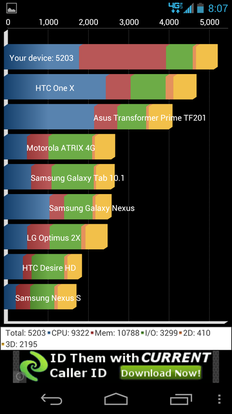 The MAXX HD's Quadrant Standard test In terms of processing speeds, the MAXX HD is packing in a 1.5GHz dual-core
Snapdragon processor along with 1GB of RAM. While most games ran fairly smooth, I did find some serious framerate issues at times. Graphically intensive games like Frontline Commando ran great, but when I was playing Vector, a free-running game, the MAXX HD could barely keep up at some of the later levels. Even though the MAXX HD is running on Android 4.1 with Google’s “Project Butter”, I also encountered some lag when swiping through my home screens (I believe this is more due though to Motorola’s skin rather than the processors themselves). With these performance issues aside though, streaming HD video, music, and web browsing was an extremely smooth experience. While you could certainly get much better gaming performance on handsets such as the LG Optimus G, the MAXX HD provides enough power for average consumers.
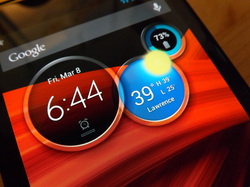 The MAXX HD's screen looks great As stated before, the MAXX HD has a 4.7-inch Super AMOLED display that has a pixel resolution of 1280 x 720 with a 312 ppi (pixels-per-inch). Overall, I was very impressed with the resolution. While 1080p HD displays are quickly becoming a standard in high-end smartphones, videos, games, pictures, and text still looking stunning on the MAXX HD’s display.
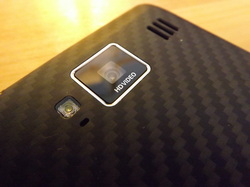 In my testing, the cameras disappointed The MAXX HD is also home to an 8MP rear-facing camera that can record 1080p HD video, and a 1.3MP front-facing camera which is capable of recording 720p HD video. While the front-facing camera is fine for video chatting and taking profile pictures, I was a bit disappointed with the rear-facing shooter. While pictures that were taken outdoors looked fine, pictures that I took indoors resulted in a lot of digital noise. The MAXX HD comes in 16GB and 32GB flavors, with an option to expand your memory via microSD card, to ensure you have all the memory you need to store all of your
apps, contacts, and music.
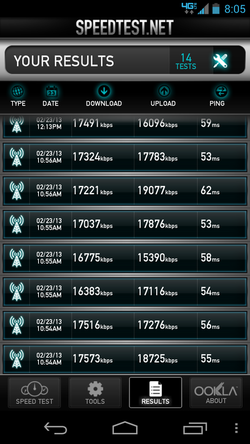 The MAXX HD is a Verizon Wireless exclusive, which means you are getting access to Verizon’s ever-growing 4G LTE data speeds. 4G LTE has recently become available in my area of residence (Lawrence, MI) and Verizon has said that they hope to have 4G LTE support in their entire 3G coverage zone by the end of 2013. 4G LTE data speeds on the MAXX HD were great. I averaged out with about 17mbps download and 16mbps upload speeds, with a peek of 21mbps download and 18mbps upload. My testing with the MAXX HD also produced some excellent call quality. In my testing, everyone I talked to said that I sounded very clear, and everyone sounded great on my end as well.
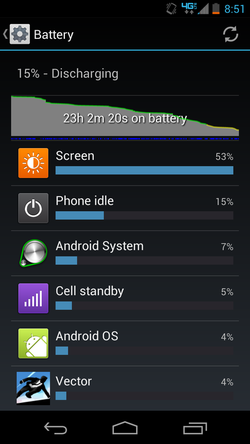 One of the biggest selling points of the MAXX HD is it’s ginormous 3,300 mAh
battery. During my 2 weeks with the device, I only charged it about 5 total
times. Motorola is promising up to 32 hours of use with the device, and they
couldn’t be more correct! With heavy use of streaming video, LTE Internet
browsing, playing games, using NFC, and more, I had 33% battery remaining after more than 18 hours of use. The MAXX HD will easily last you through two days of use and provides enough battery for even the heaviest smartphone users.
Software Out of the box, the MAXX HD is running on Android 4.0.4 Ice Cream Sandwich, but is upgradeable to Android 4.1.1 Jelly Bean. While there is still no word from Motorola as to whether or not the handset will ever get the update to 4.2 Jelly Bean, you are still getting all of 4.1’s great features such as “Project Butter”, improved notifications, Google Now, and more. The MAXX HD is also layered with Motorola’s own custom UI. Aside from some Motorola-themed icons for certain applications, the company has left the UI looking almost identical to Vanilla Android. Along with the look of Vanilla Android, Motorola has also included some neat features of their own. Swiping all the way to the right of your home screens will reveal your Quick Settings, which give you quick access to settings such as your ringtones, Wi-Fi, Airplane mode, and more. Motorola has also included their famous Circles widget. The Circles widget consists of three circles that display information such as the time, weather, and battery life. When you receive a new text message or missed call, they will also show up in your Circles widget.
Final Verdict Overall, the MAXX HD is a very solid Android handset. Although it came out back in October 2012, it still has one of the best designs I've ever seen on a smartphone, a beautiful Super AMOLED display, huge 3,300 mAh battery, Android 4.1 Jelly Bean, and more for only $99 with a two-year service agreement on Amazon. Although you will have to deal with the poor cameras and processors that aren't the best for intensive games, the MAXX HD is an excellent handset, and is one of the few out there that will last you through two full days of heavy use.
Score: 8/10 Great Pros: Fast processors, HD display, great cameras, wireless charging out of the box, incredible price. | Cons: Very poor design, runs Android 4.0 with no word of an upgrade to Jelly Bean, comes preinstalled with a ton of bloatware. | While midrange smartphones allow consumers to get a full smartphone experience at a lower price, they usually lack fast processing power, HD displays, high quality cameras, etc. That is not the case though with the LG Spectrum 2. The Spectrum 2 packs in high-end specs at a very midrange price. Design/Build Quality 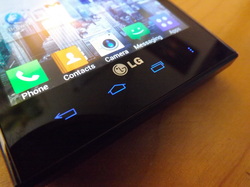 The Spectrum 2's nav buttons light up blue While the Spectrum 2 has great specs and a very attractive price, it's design is quite ugly. The phone is made entirely out of plastic, and while it keeps the device fairly lightweight at 5.22 oz. The Spectrum 2 is also 5.31 x 2.69 x 0.36 inches so, it is a bit bulky as well. My biggest gripe with the Spectrum 2 is it's design on the sides of the device. There is plastic chrome that wraps around both sides of the handset which make it look relatively thin. However, if you look closer you will see the second layer of black plastic that wraps around to the back of the device. This design causes the device to appear thinner than it really is and was a bit of an issue that I had with the handset. The Spectrum 2's navigational buttons also light up blue when they are in use. At first, I thought that this would be a really cool feature. At the end of my 2 weeks of testing the device though, they grew to be a very big annoyance and tended to distract from the actual display of the phone. Although the Spectrum 2 has an extremely dated and ugly design, it does feel good in the hand is a very sturdy phone.
Hardware The LG Spectrum 2 is powered by a 1.5GHz dual-core Qualcomm SnapDragon S4 Plus processor and has 1GB of RAM. All the games and apps that we tested on the device ran flawlessly and extremely smooth. Even graphically intensive games, such as Frontline Commando, ran without any lag at all and looked gorgeous on the Spectrum 2's True HD IPS display. 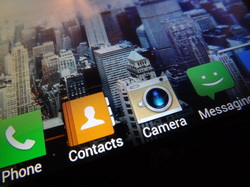 Colors are nice and vibrant and text is very crisp The Spectrum 2 has a 4.7-inch True HD IPS display with a pixel resolution of 1280 x 720 and has 312 ppi (pixels-per-inch). While 1080p HD displays are quickly becoming the norm of smartphones, the 720p HD still looks fantastic. Colors are nice and vibrant and text is very crisp. The Spectrum 2 has one of the best screens we've seen on a handset in it's price range.
The Spectrum 2 has 16GB of internal storage but, also has an option to expand it via a micro SD card. It's becoming rarer and rarer that we see handsets with expandable memory, so it was a nice extra to have it on the Spectrum 2. 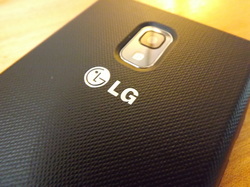 The Spectrum 2 has great cameras On the back of the Spectrum 2 you will find an 8MP rear-facing camera and on the front you will find your 1.3MP front-facing shooter. Neither of the cameras will blow you away, but they both take really good looking images and videos.
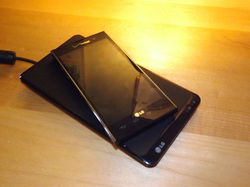 The Spectrum 2's wireless charging pad In terms of battery, the Spectrum 2 is home to a removeable 2,150 mAh battery. In our testing , we got out around 9 and 1/2 hours of usage with moderate app use, web surfing, music streaming, etc. This was also with a 3G connection, so if you live in an area where there is strong 4G LTE coverage, you may experience shorter battery life. The Spectrum 2's backside is also wireless charging capable. While it's wireless charging pad is not including with the purchase of the handset, our friends over at LG sent us one with the phone so we could test it out. The wireless charging worked flawlessly and we couldn't find anything negative to say about it.
Software The LG Spectrum 2 is running on Android 4.0.4 Ice Cream Sandwich and is layered with LG's Optimus 3.0 UI. LG has not been great about updating their handsets to new versions of the Android OS, so it's likely that it will be a long time before we see Jelly Bean on the Spectrum 2, if at all. Thankfully, LG's Optimus 3.0 UI allows for a ton of customization options that really add to the Android experience. The Optimus 3.0 UI brings quick settings to your notification bar, allows you to change your home screen swipe effect, and lets you access multiple apps directly from the lock screen, among other added features. Even with these added goodies, we couldn't help but miss the sweet taste of Jelly Bean. One of the biggest downsides to the Spectrum 2's software is all of the preinstalled applications that it comes with. We like to call this bloatware. The Spectrum 2 has a ton of it. Just take a look below. While I personally found it convenient to already have apps such as Amazon and iMDb already installed on the Spectrum 2, none of the apps listed above can be deleted from the device. Although you can expand the memory of the handset, you only have 16GB of onboard storage out of the box. The only thing that useless apps such as Verizon Apps, Let's Golf 3, and Real Racing 2 do is take up your precious memory. Not good at all. Final Verdict If you're in the market for a new smartphone, but don't want to spend a ton of cash, the LG Spectrum 2 is definitely for you. Although it has a poor design, runs on an outdated version of Android (with no word on an update to Jelly Bean), and has a ton of bloatware on it, you are also getting fast processors, a True HD IPS display, great cameras, and more for only $49.99 on Amazon.
|
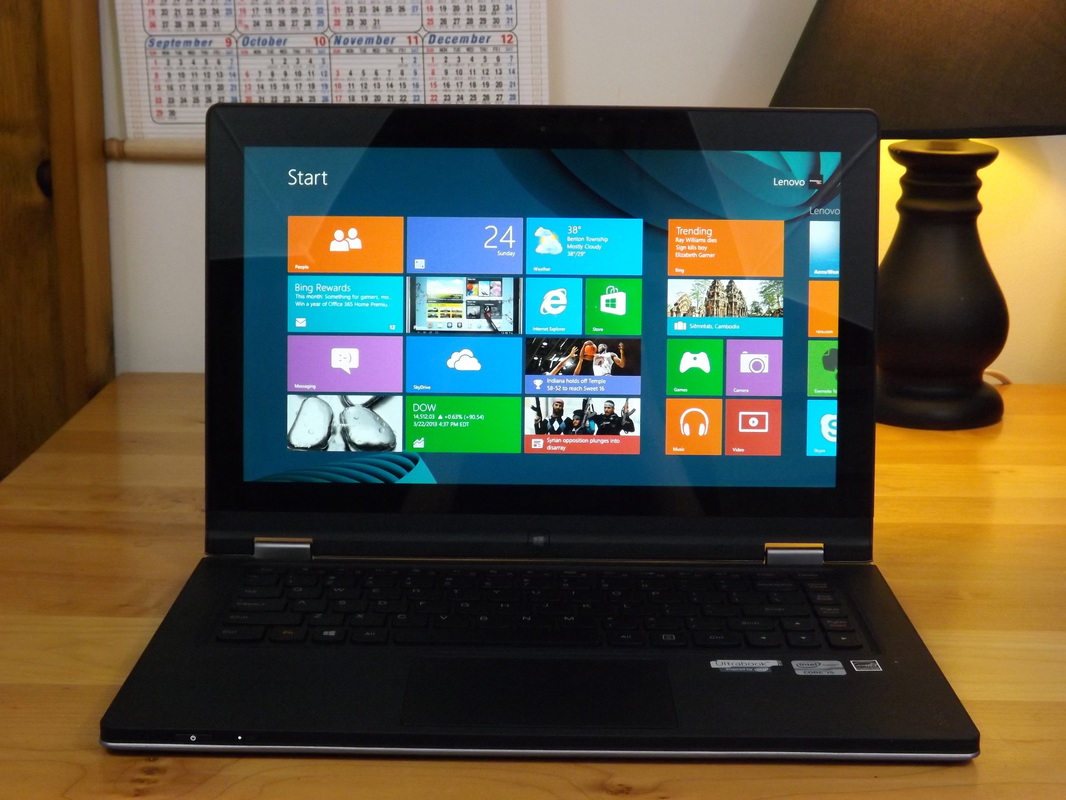

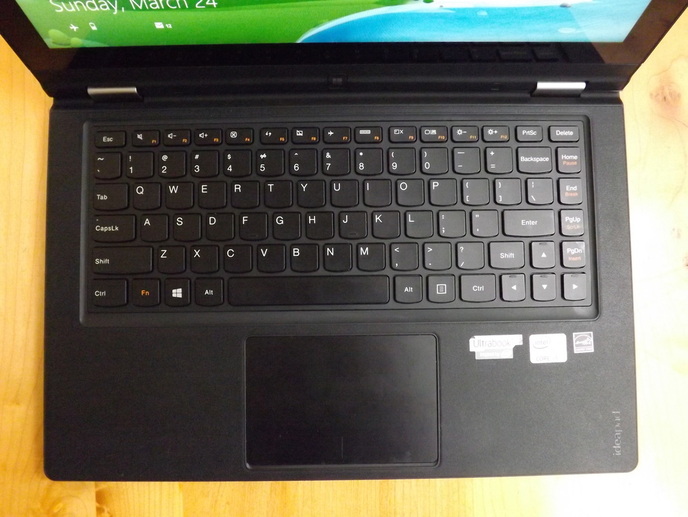
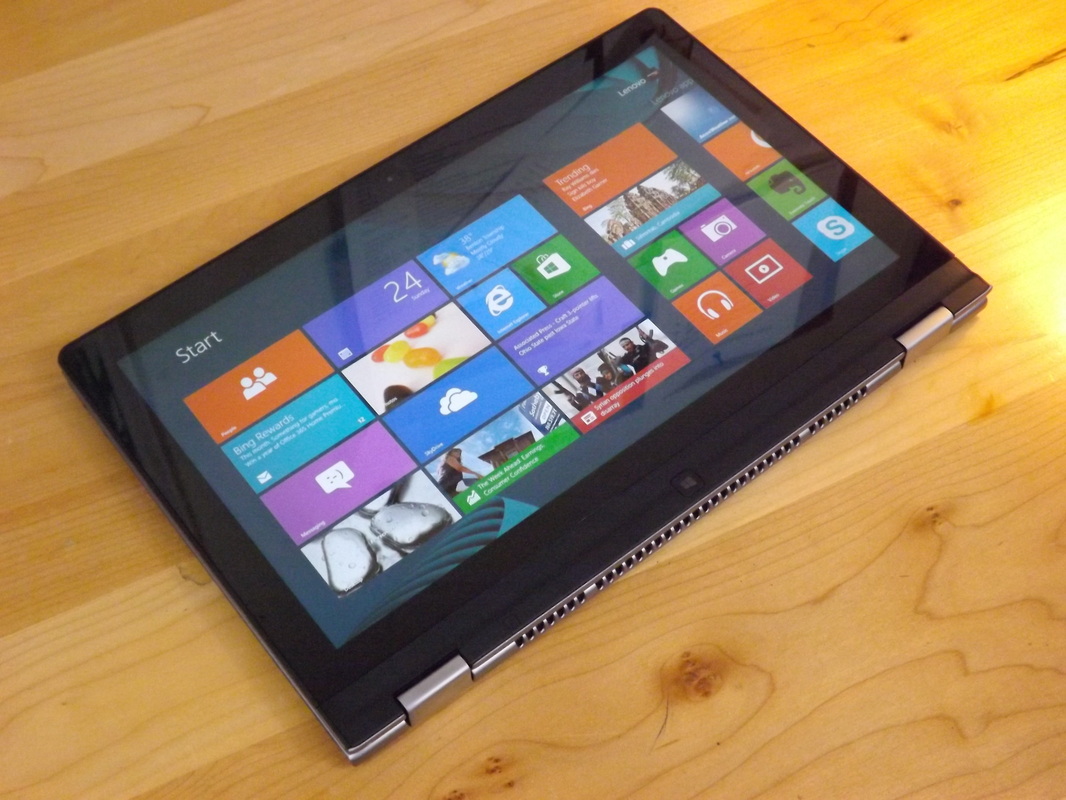
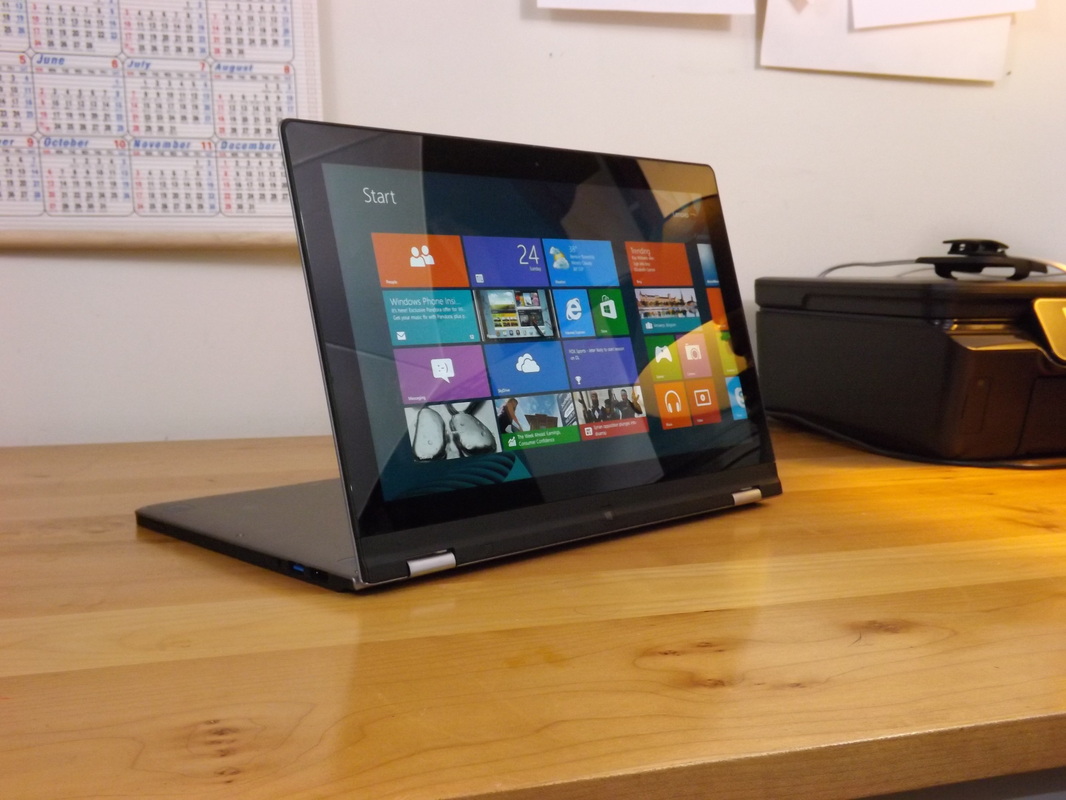
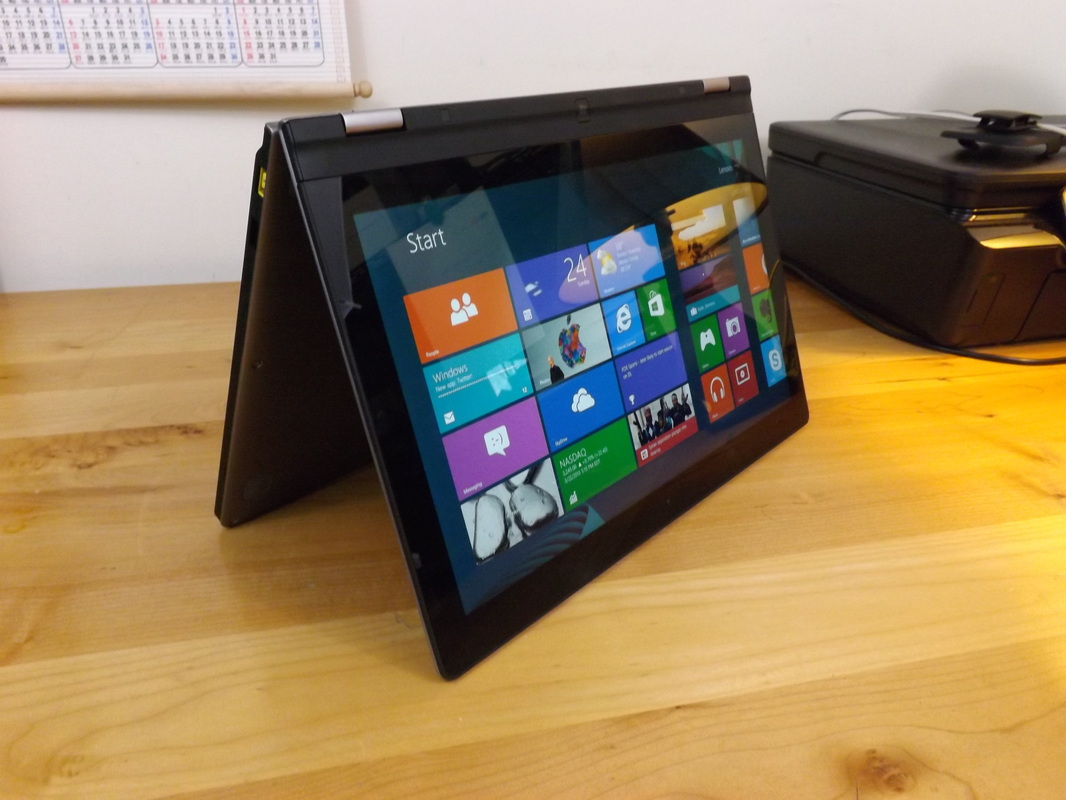
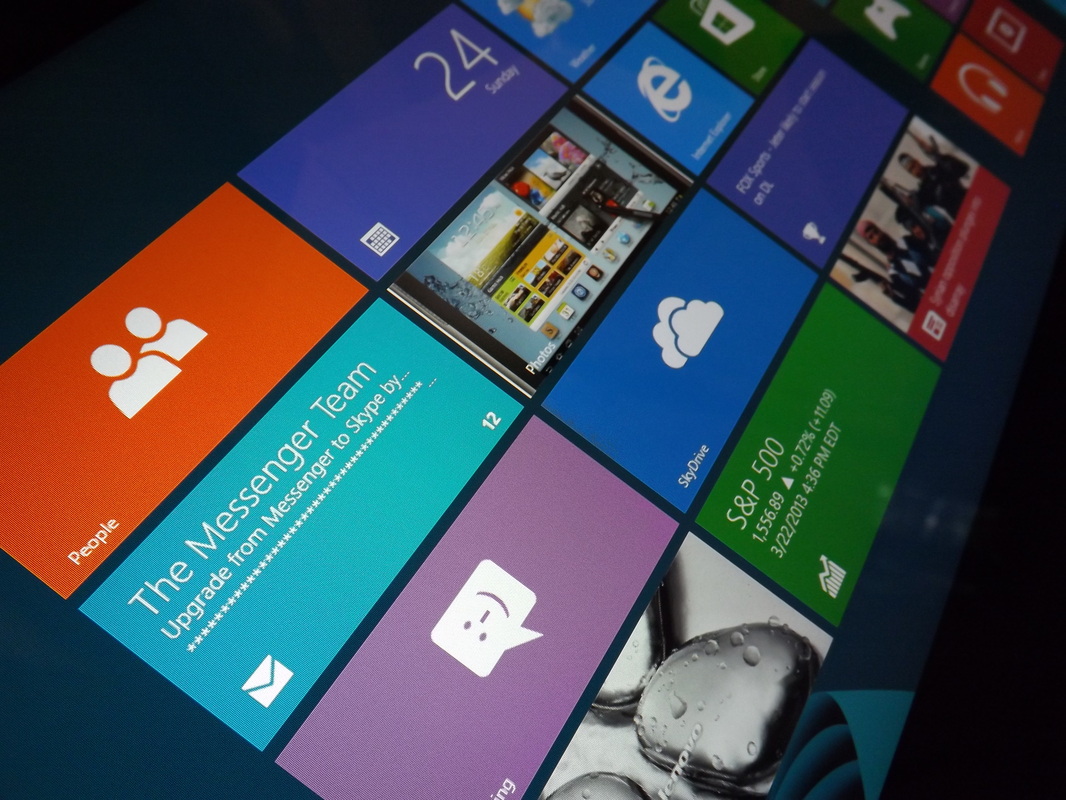
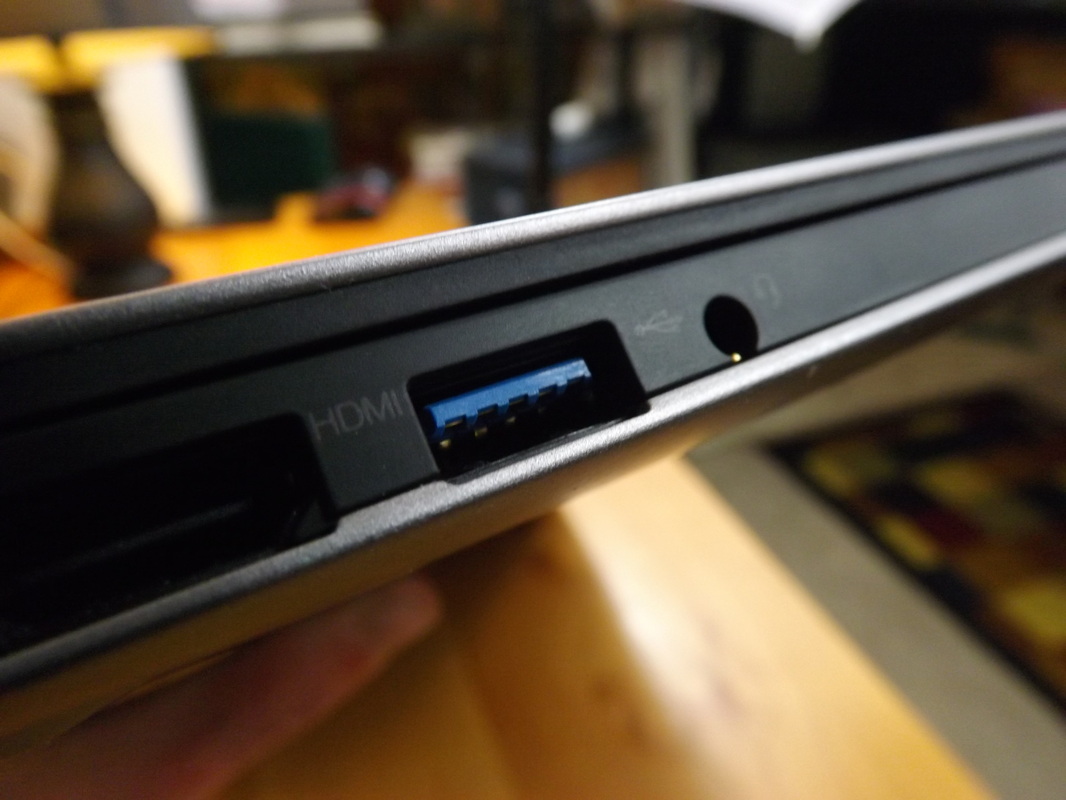

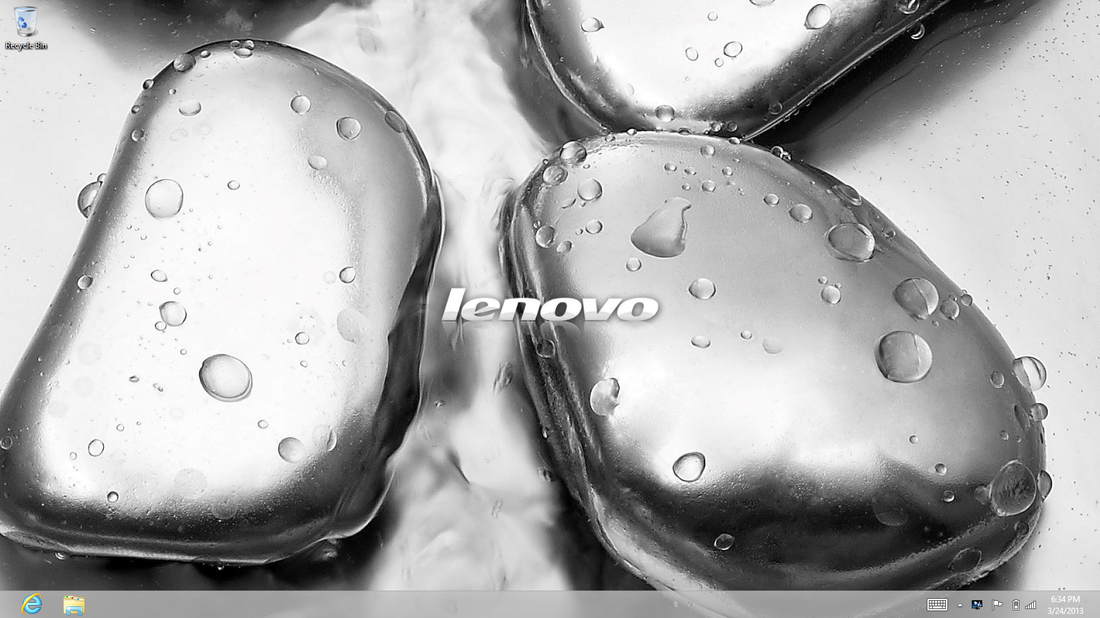
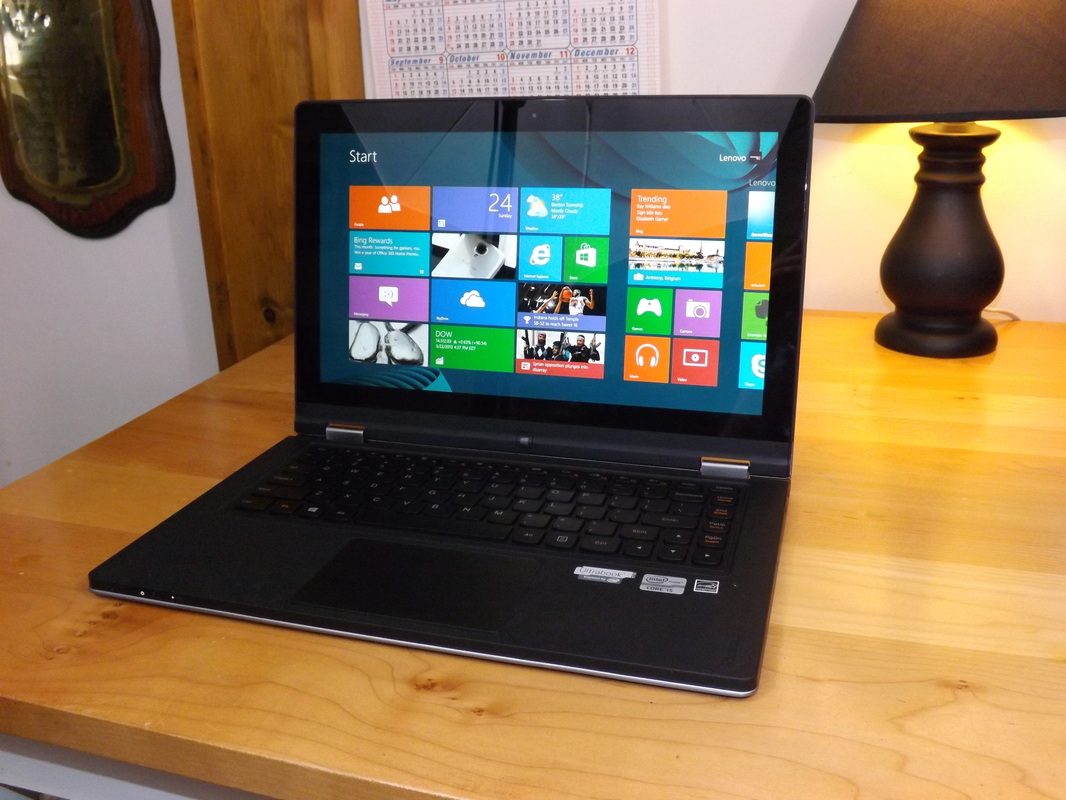
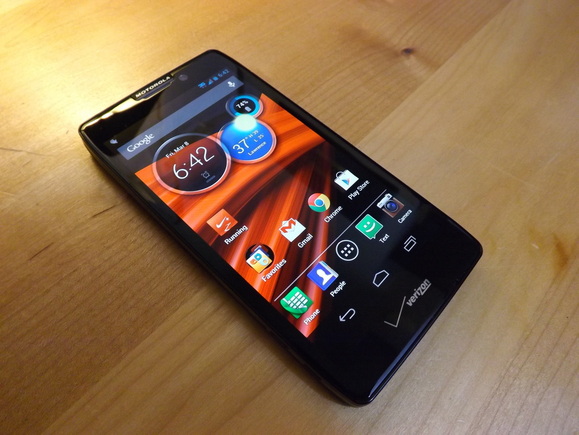





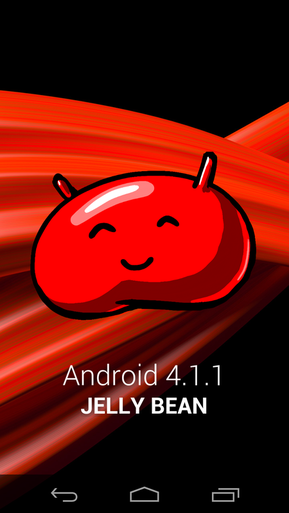

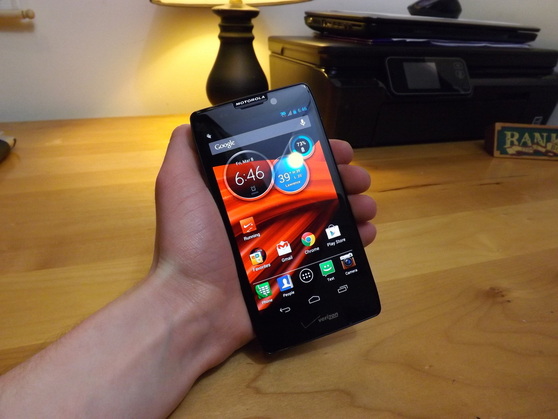
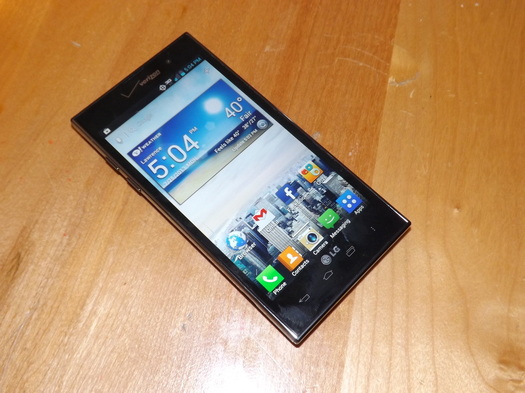




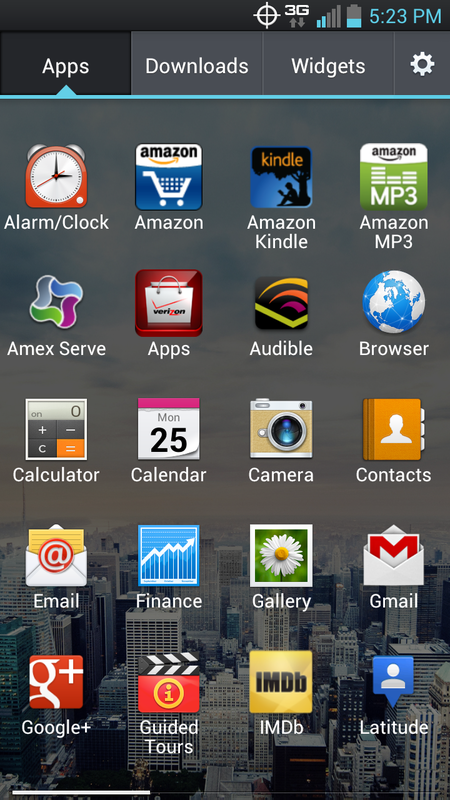
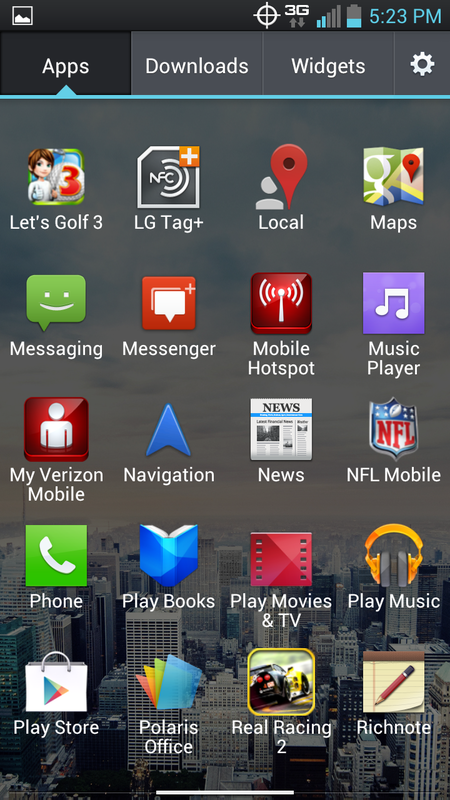
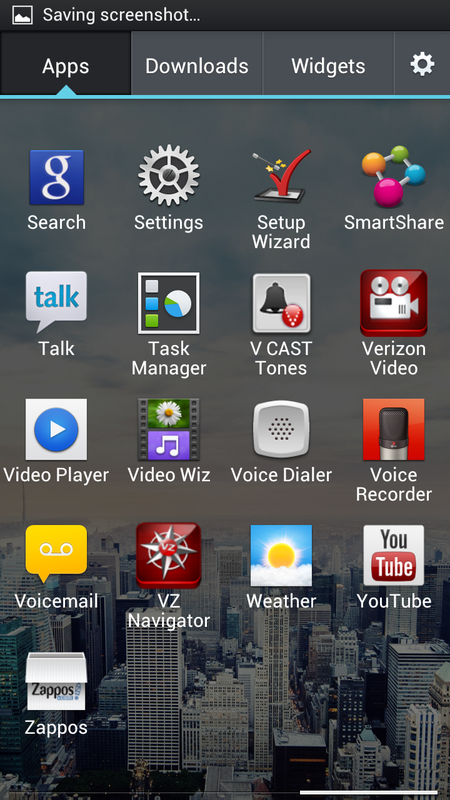
 RSS Feed
RSS Feed